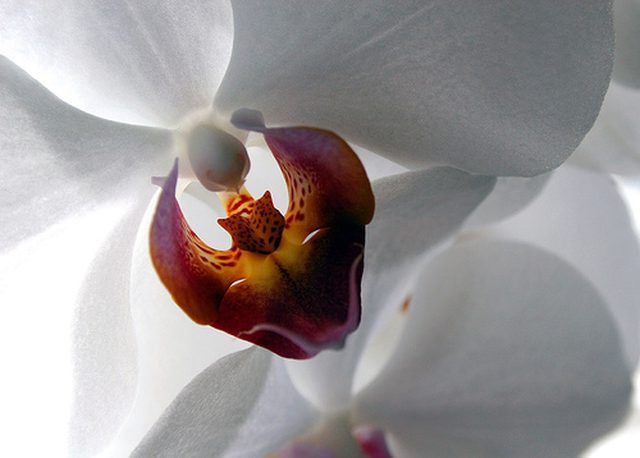Bulbs
Flower Basics
Flower Beds & Specialty Gardens
Flower Garden
Garden Furniture
Garden Gnomes
Garden Seeds
Garden Sheds
Garden Statues
Garden Tools & Supplies
Gardening Basics
Green & Organic
Groundcovers & Vines
Growing Annuals
Growing Basil
Growing Beans
Growing Berries
Growing Blueberries
Growing Cactus
Growing Corn
Growing Cotton
Growing Edibles
Growing Flowers
Growing Garlic
Growing Grapes
Growing Grass
Growing Herbs
Growing Jasmine
Growing Mint
Growing Mushrooms
Orchids
Growing Peanuts
Growing Perennials
Growing Plants
Growing Rosemary
Growing Roses
Growing Strawberries
Growing Sunflowers
Growing Thyme
Growing Tomatoes
Growing Tulips
Growing Vegetables
Herb Basics
Herb Garden
Indoor Growing
Landscaping Basics
Landscaping Patios
Landscaping Plants
Landscaping Shrubs
Landscaping Trees
Landscaping Walks & Pathways
Lawn Basics
Lawn Maintenance
Lawn Mowers
Lawn Ornaments
Lawn Planting
Lawn Tools
Outdoor Growing
Overall Landscape Planning
Pests, Weeds & Problems
Plant Basics
Rock Garden
Rose Garden
Shrubs
Soil
Specialty Gardens
Trees
Vegetable Garden
Yard Maintenance
Types of Flowers That Self Pollinate
Types of Flowers That Self Pollinate. Pollination is the transfer of pollen from a flower's anther to a flower's stigma, stimulating germination as the pollen produces a tube which grows down the style to the egg in the ovule. While many flowers rely on bees, insects and wind for reproduction assistance, there are a few species that will...

Pollination is the transfer of pollen from a flower's anther to a flower's stigma, stimulating germination as the pollen produces a tube which grows down the style to the egg in the ovule. While many flowers rely on bees, insects and wind for reproduction assistance, there are a few species that will self-pollinate, performing the act alone. This is possible if the flower has both female and male parts, and is not adapted to prevent self-pollination.
Types
Both hermaphrodite and monoecious species have the potential for self-pollination leading to self-fertilization unless there is a mechanism to avoid it. Eighty percent of all flowering plants are hermaphrodite, meaning they contain both sexes, while 5 percent of plant species are monoecious, or unisexual.
Examples
Arum lilies, tridax (part of the daisy family) and some orchids are self-pollinating flowers. Dates, box-elder and buffalo berry are self-pollinating flowering trees. There are quite a few vegetables that self-pollinate, such as tomatoes, okra, peas, snap peas, soybeans and lima beans. In some cases, like the soybean, the flower will be open to cross-pollination during the day, but will self-pollinate if needed before closing.
Advantages
There are several advantages for self-pollinating flowers. If a given genotype is well-suited for an environment, self-pollination helps to keep this trait stable in the species. Not being dependent on pollinating agents allows self-pollination to occur when bees and wind are nowhere to be found. Self-pollination can be an advantage when the number of flowers are small or widely spaced.
Disadvantages
The disadvantages of self-pollination come from a lack of variation that allows no adaptation to the changing environment or potential pathogen attack. Self-pollination can lead to inbreeding depression, or the reduced health of the species, due to the breeding of related specimens. This is why many flowers that could potentially self-pollinate have a built-in mechanism to avoid it, or make it second choice at best.
Considerations
Self-pollinators are more likely to be found in areas that lack pollinating agents or mates. It is likely then that geographic location has influenced the development of many self-pollinating species.